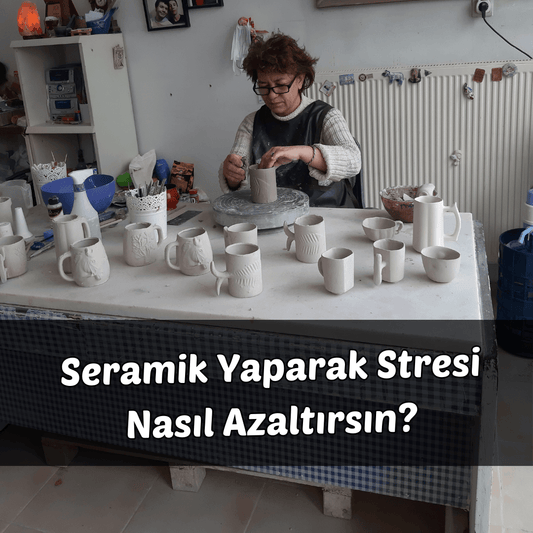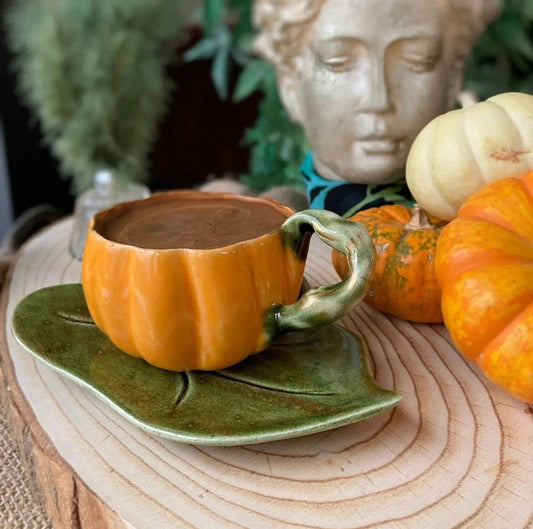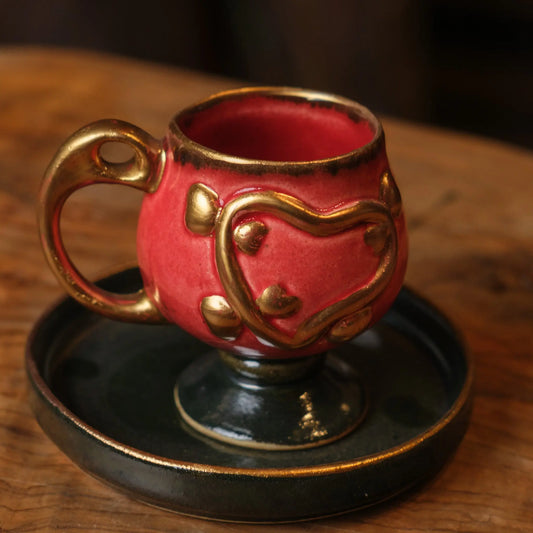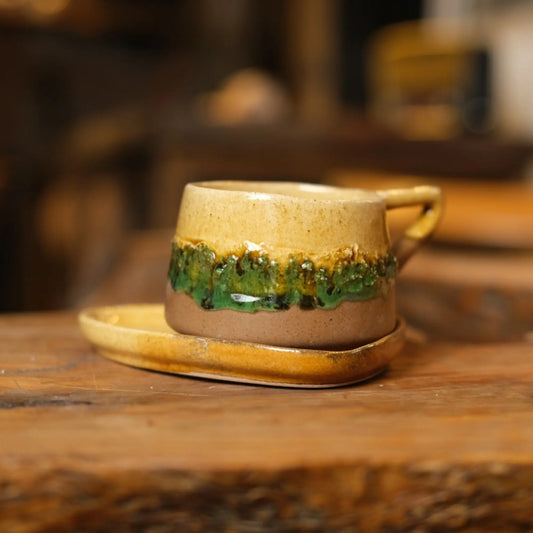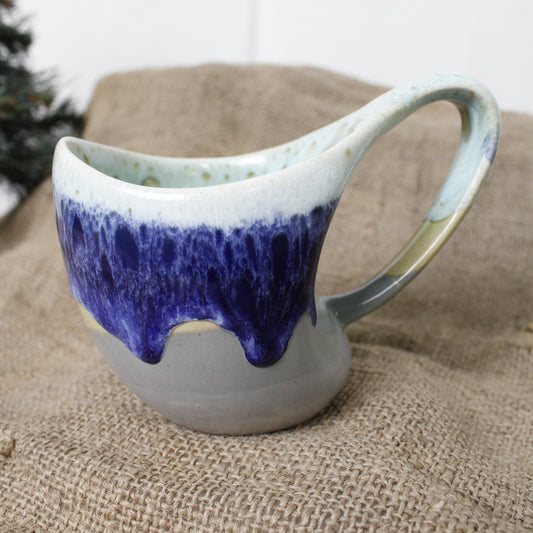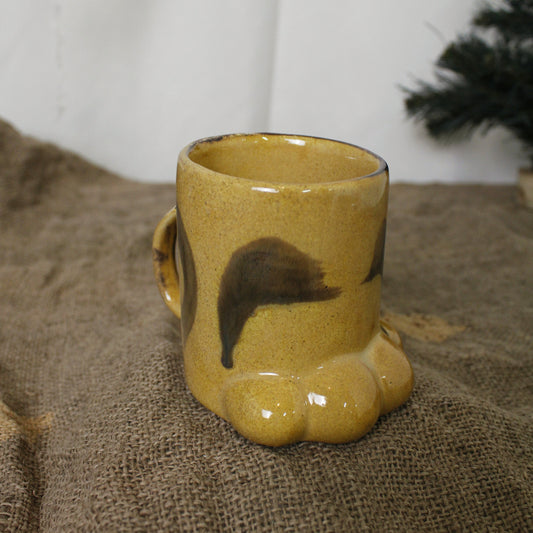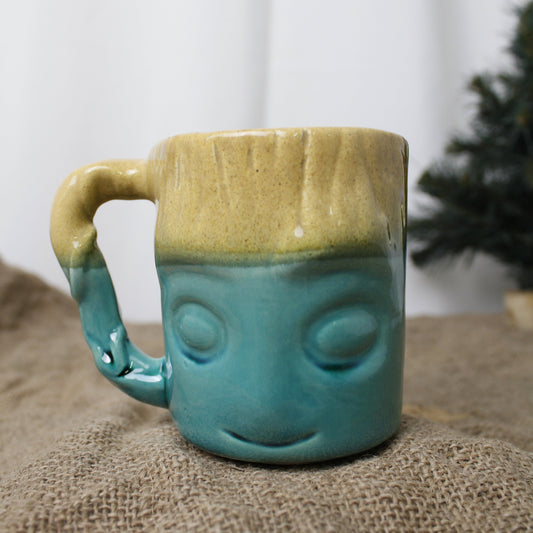Things to Consider When Buying a Pottery Lathe

A potter's wheel is one of the most basic and indispensable tools of ceramic art. Choosing the right potter's wheel is an important decision for both beginners and advanced artists. In this article, I would like to sincerely share the most important factors you should pay attention to when buying a potter's wheel.
1. Engine Power and Speed Control
The motor power of your potter's lathe determines how much clay you can shape and how you can shape it. Generally, more powerful motors can handle larger and heavier amounts of clay. However, this does not always mean more motor power. Precise speed control is as important as motor power.
-
For Beginners: If you are new to ceramics, a lathe with an adjustable speed control and low to medium motor power may be ideal. This will help you work with smaller pieces and develop your technique.
-
Professional Level: If you plan on producing larger, more complex parts, you may want to invest in a high-power, high-speed precision lathe. This will allow you to control the paste more precisely and allow you to work on a wider range of surfaces.
2. Wheel Type: Electric or Foot Pedal Controlled
Pottery lathes generally fall into two main categories: electric lathes and foot pedal-controlled (manual) lathes.
-
Electric Lathes: These are the most commonly used lathes in modern workshops. Electric lathes can operate at a constant speed and generally require less physical effort. This is a great advantage for long-term work.
-
Foot Pedal Controlled Lathes: These types of lathes allow the speed to be controlled by the foot and require more physical effort. They are the preferred choice for those looking for a traditional experience or those who want to work in a non-electric environment. However, these lathes can be more challenging for beginner artists.
3. Diameter and Weight of the Wheel
The wheel of a potter's lathe is the part that keeps the clay centered and rotates the piece. The diameter and weight of the wheel directly affect the stability and workability of the lathe.
-
Diameter: A larger wheel allows you to make larger, wider parts. However, larger wheels take up more space and are usually heavier.
-
Weight: Heavier wheels provide more momentum while turning and provide a more stable work environment. However, these lathes can be more difficult to transport and place.
4. Durability and Material Quality of the Lathe
The longevity of a potter's lathe depends on the quality of the materials used in its construction. A lathe made of quality materials can be used safely for years.
-
Materials Used in the Body: A lathe made of durable materials such as metal or cast iron is generally more durable than a lathe made of plastic or lighter materials.
-
Bearings and Gears: It is important that the internal parts of the lathe are also made of quality materials. Especially the long-lasting and smooth operation of the bearings and gears directly affect the performance of the lathe.
5. Portability and Settlement Area
The size of your workshop and where you will be placing the lathe are important factors to consider when making your selection.
-
Portability: If you plan on moving the lathe to different locations, it may be wise to choose a lighter, more portable model. However, these types of models often have less powerful motors and smaller wheels.
-
Layout: Plan the area where the lathe will be located in advance. Large lathes require a large work area. It is also important to allow enough space to move around the lathe comfortably while working.
6. Price and Warranty
Pottery lathe prices can vary greatly depending on the brand, model, and features. When determining your budget, you should consider not only the initial cost but also long-term durability and performance.
-
Price: Less expensive models may be suitable for beginner artists, but if you plan on working at a professional level, opting for a more expensive but more durable model may be more economical in the long run.
-
Warranty: The lathe's warranty provides you with security in case of any possible malfunctions. Brands that offer long warranties usually stand behind their products, which is an important factor when making a long-term investment.
Conclusion
When choosing a potter's lathe, you should pay attention not only to its price or brand, but also to the features that best suit your needs and working style. The right lathe will provide both inspiration and convenience on your pottery journey. Therefore, be patient and carefully consider each feature when making your choice. Remember, a good lathe is not just a tool, it is also a way to unleash your creativity.



